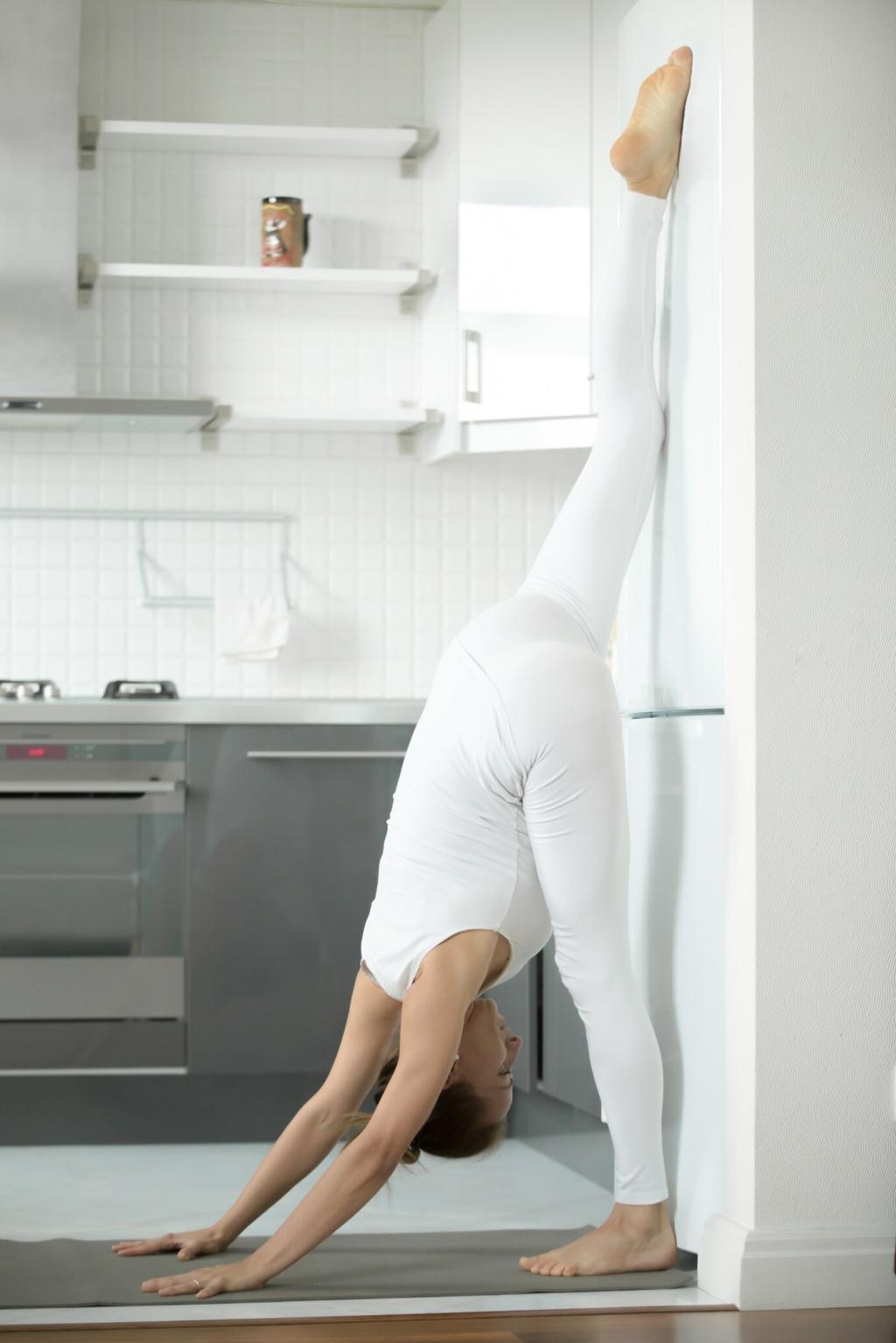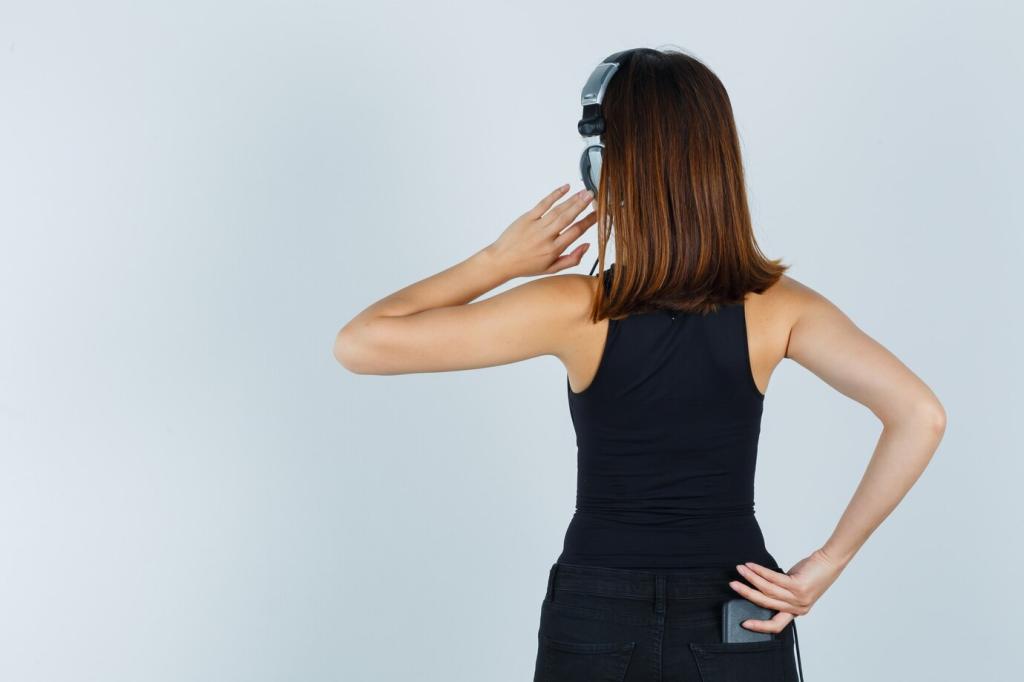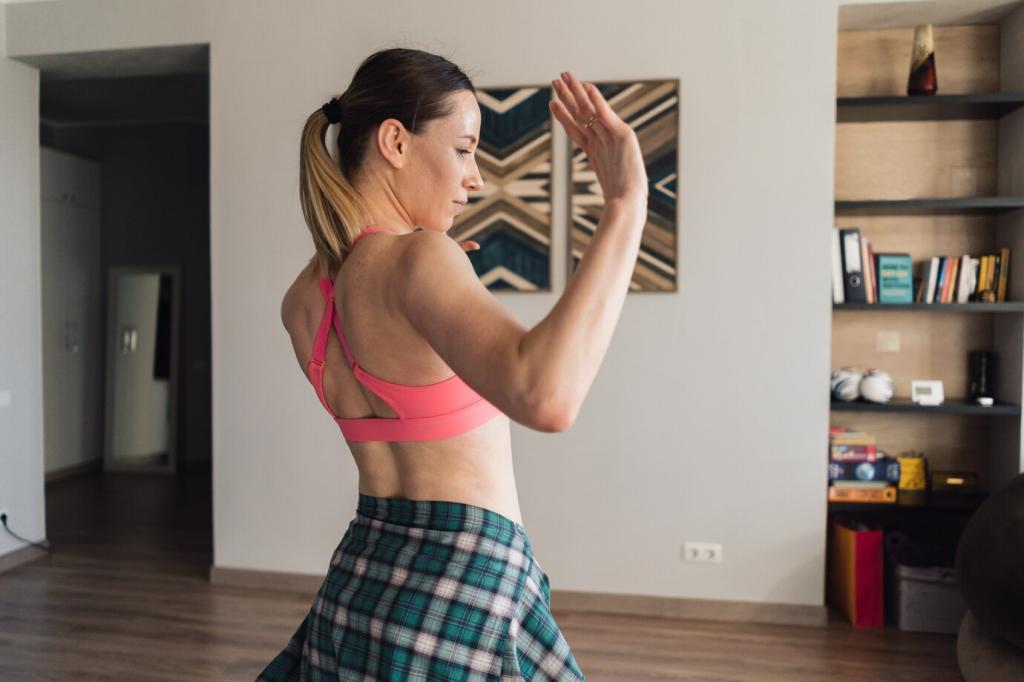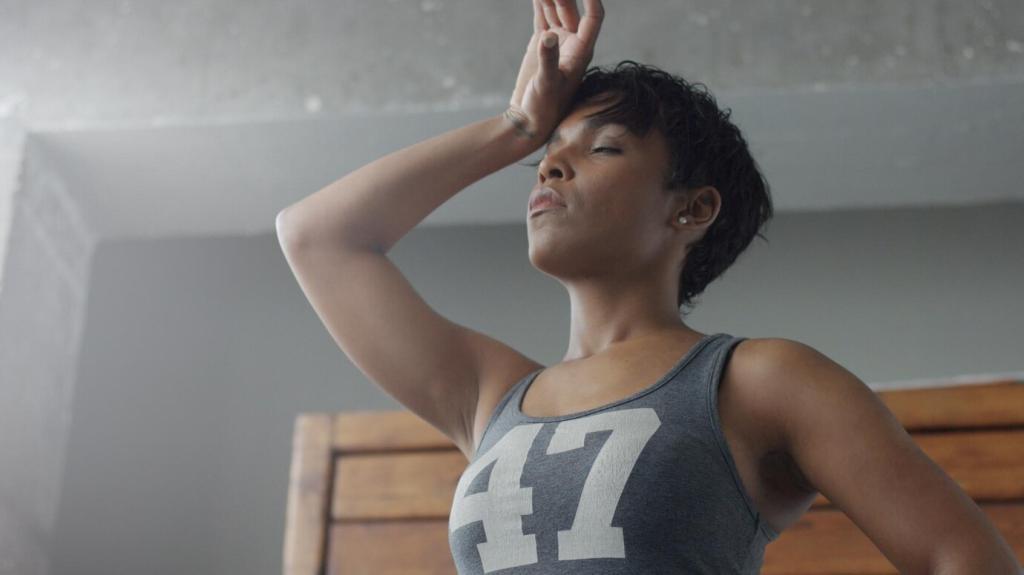Ergonomic Foundations for Healthy Standing
Set desk height so elbows rest near ninety degrees and wrists stay neutral as you type. Keep the monitor top at or slightly below eye level to prevent neck craning. Laptop users, add an external keyboard and a riser. Bookmark this setup checklist and share your favorite adjustments.
Ergonomic Foundations for Healthy Standing
Supportive shoes and an anti-fatigue mat reduce pressure on feet and knees. A small footrest or toe rail invites subtle weight shifts that ease calves and lower back. Rotate your stance regularly. If you have a mat you love, recommend it in the comments to help fellow readers.









